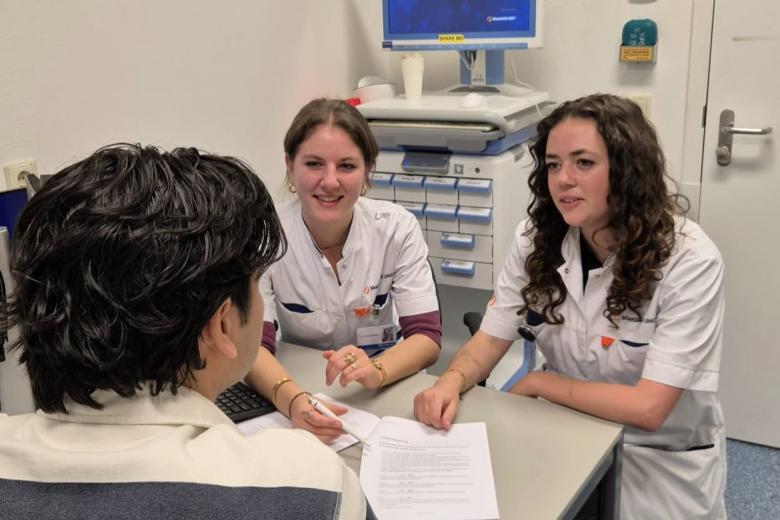Developing the Tapijnkazerne grounds
The development of the Tapijnkazerne grounds is in full swing. Recently the new draft design was presented in a third dialogue session with interested parties. The architect’s ideas were well received and the comments the attendees gave will further shape the design. The next session is scheduled for 14 June (preliminary schedule) and a council round one week later. The final design, including the costs, will then be submitted to the municipal council before the summer. The project is expected to break ground in mid-2017.
Background
The former military barracks have been officially owned by Maastricht University, the Province of Limburg and the Municipality of Maastricht since October 2013. The university and the province are the mutual owners of the buildings, and the municipality of the undeveloped terrain. The utilisation of the monumental buildings by Maastricht University for education and research contributes to the university’s position in the city and to the Kennis-As Limburg development. It’s also a great impulse for the connection between city and university.
Click here to see the presentation of the latest draft design (in Dutch).
Also read
-
More than a student job: five alumni about their unique role in groundbreaking vascular research
What is it like to take part in cutting-edge vascular research as a student, standing in the operating room, directly responsible for handling patient material? Five alumni of the Maastricht MAPEX student team share what they learned, the challenges they faced, and how this experience shaped their...

-
Maastricht University ranked #3 worldwide and #1 in Europe in 2025 Better World MBA Ranking
We are incredibly proud to share that the MBA programmes of Maastricht University School of Business and Economics’ executive branches, MSM and UMIO, have once again been recognised among the very best sustainable business MBA programmes worldwide. In the 2025 Better World MBA Ranking by Corporate...

-
Young people in higher education mainly choose based on their interests. A better link with labour market opportunities is needed.
Against the backdrop of structural labour market shortages, it is of social importance that young people choose courses that not only match their interests and talents but also lead to occupations with good employment prospects and social value, particularly in sectors such as healthcare, education...
